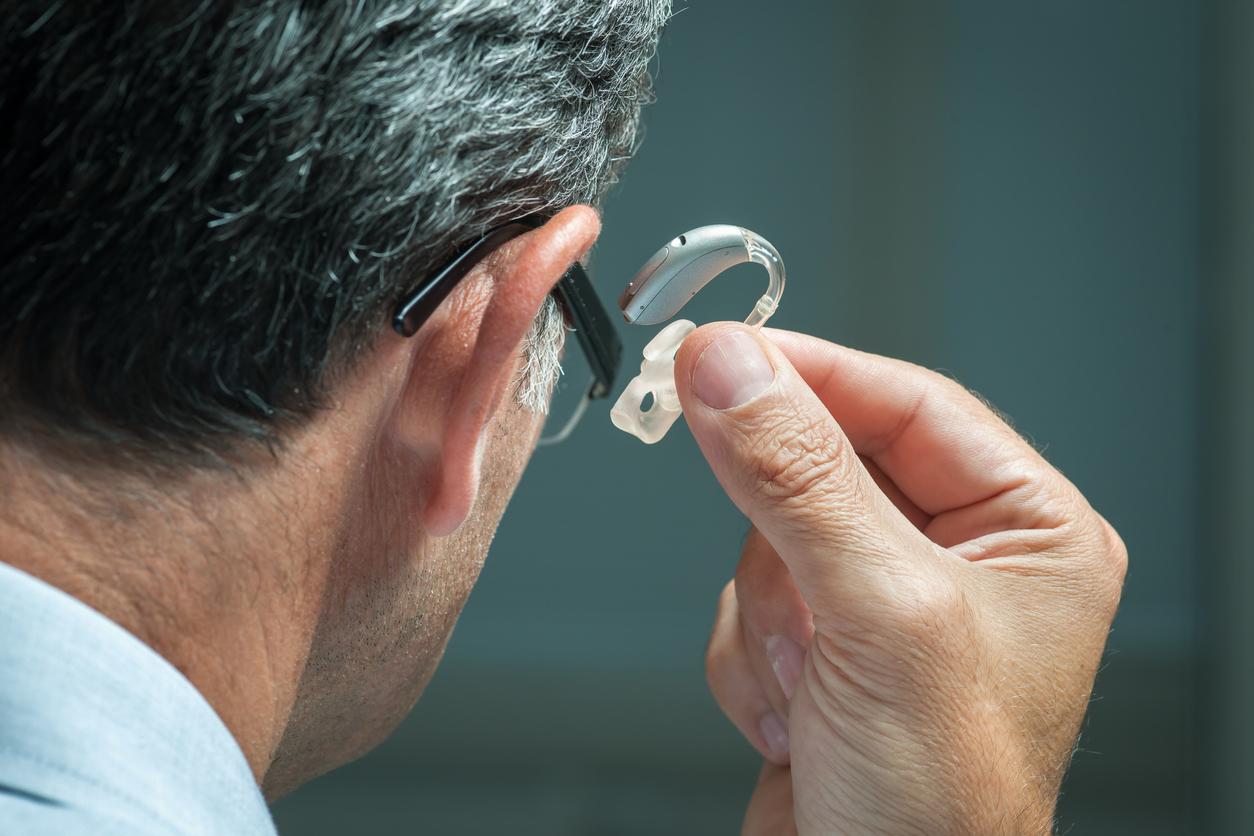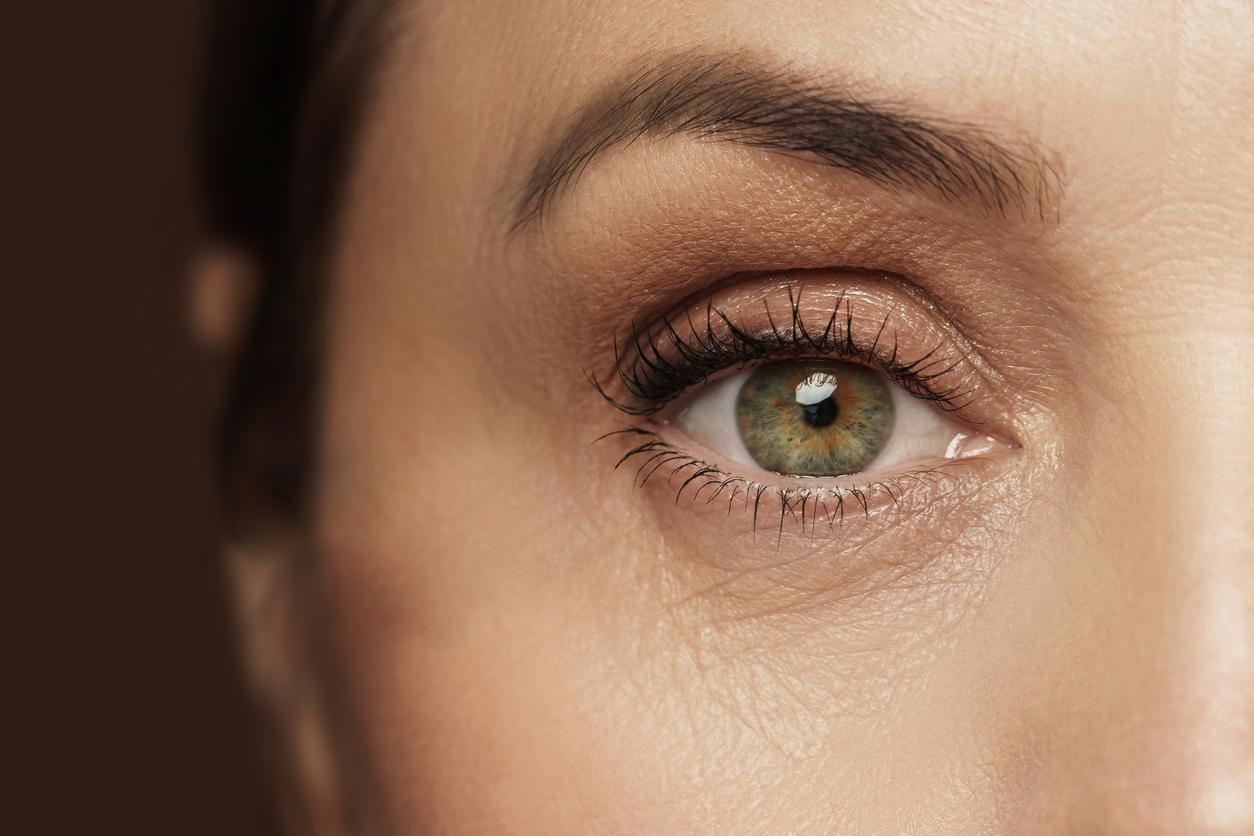What is uveitis?
Uveitis is inflammation of the uvea, the part in the center of the eye that is made up of the iris, choroid (a membrane that supplies the retina) and the ciliary body (the muscles that allow you to have a clear image).
Studies on the prevalence of uveitis are rare, but in Western countries it is estimated to be between 38 and 204 cases per 100,000 population.
What are the consequences ?
• Anterior uveitis (45 to 61% of cases) affects the iris area and results in a red and sore eye which is accompanied by signs of irritation such as photophobia.
• Posterior uveitis (13% to 26% of cases) affects the choroid and the retina and causes visual disturbances with reduced visual acuity, impression of blur and perception of more or less mobile black spots in the visual field.
• Intermediate uveitis (8% to 22% of cases) affects the vitreous body and can also result in reduced visual acuity and the perception of small black spots.
• Panuveitis (7% to 20% of cases) combines the three previous forms.
What are the causes of uveitis?
There are many causes of uveitis. This inflammation of the uvea may be due to herpes or to toxoplasmosis or a general infection (shingles , Lyme disease, tuberculosis …) or rheumatic (ankylosing spondylitis, juvenile chronic arthritis …).
It can also be caused by general causes (sarcoidosis, lupus) but in about 30 to 40% of cases the cause is not known).
Management can therefore be complex, involving ophthalmologists and internists or rheumatologists. The diagnosis can also take a long time to be made. “The difficulty lies in identifying the causes: is the inflammation of infectious origin, non-infectious, only ocular or rather of systemic origin? It is according to this diagnosis, which defines the therapeutic response, that the patient can be treated optimally and it is not always easy to achieve this.Of course, we do not leave the patient without treatment, but he is sometimes surprised that we cannot, at first time with confidence, name and define with precision his pathology “ Prof. Christophe Chiquet, ophthalmic surgeon at Grenoble University Hospital.
How is it treated?
“The goal of treatment is to stop the inflammation as quickly as possible and allow visual recovery” explains the doctor. For this, anti-inflammatory drugs (in the form of drops to put in the eyes or in the form of injections) may be prescribed. Sometimes if the uveitis has an infectious cause, antibiotics are added.
Depending on the cause of uveitis, more or less frequent recurrences may occur which can promote the appearance of complications: cataract, glaucoma, damage to the optic nerve or the retina. These complications can, in turn, result in partial or complete loss of sight.
“But advances in treatments make it possible to avoid this chronicity which favors complications” reassures Professor Chiquet.
Sometimes surgery may be necessary: it consists in removing the vitreous body.
Read also :
How to hide red eyes?
Self-monitoring of the eyes: signs not to be taken lightly
















